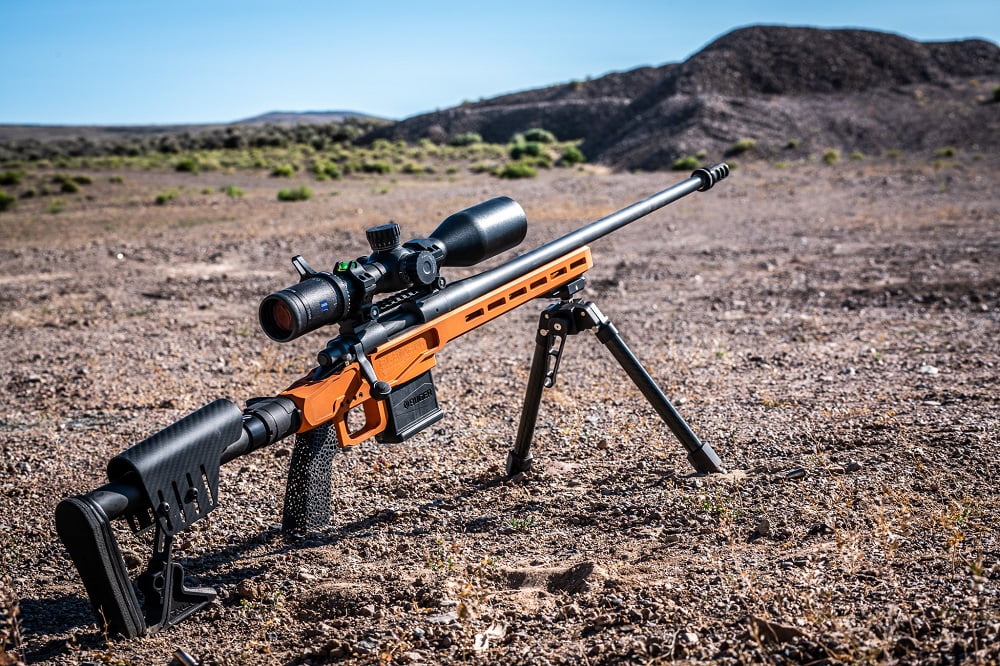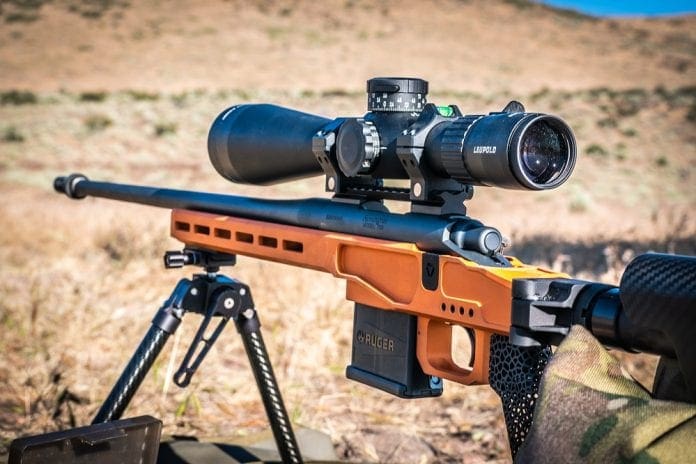
If you are familiar with competition shooting, you are familiar with a chassis. For competitive shooters, a chassis offers multiple benefits over a traditional stock. The most significant advantage is their ability to adjust the fit to the shooter. You can also add weight where you want it to help balance out the gun. With their obvious advantages, why do we not see them on hunting rigs? Most chassis found on the NRL circuit can weigh upwards of 4lbs bare! That is not something I am willing to pack around in the backcountry. That is, until now. XLR industries have made their mark on pro shooters; now they are dipping into the hunting side of things with their Element 3.0 Magnesium Chassis.

XLR Element 3.0 Chassis
The XLR Element 3.0 Magnesium weighs in at 28oz, making it competitive in weight with traditional stocks. This stock unlocks the benefits of a chassis while pursuing game in the field. To achieve this, XLR offers two choices of carbon fiber buttstocks with either a 12.5″ or 13.75″ length of pull (LOP). You can also use any AR15 buttstock you would like, but of course, it will add weight.
Lightweight And Versatile
The Magnesium version of the Element 3.0 starts at $554, and goes up from there depending on the buttstock and grip options. The forend accepts MLOK accessories, so you can attach your favorite bipod or Arca Swiss rail to shoot off a tripod. With an optional folding stock adapter, your rig will fit nicely on your pack shortening the rifle around 10”. For this reason, I find the adapter very handy and well suited for hunters. You can sit down with your pack on, or set your pack down without your buttstock hitting the ground, not to mention navigating brush with a more streamlined gun.

Fits Many Popular Actions
The XLR Element 3.0 Magnesium is offered on several popular platforms using a multi-point radial cut inlet that eliminates the need for traditional V-Block or glass bedding. This makes it possible to swap actions as long as they are the same footprint, keeping your ergonomics the same.
As far as Remington variants go, the same chassis can fit a left, and right-handed action with a quick side-plate change.
Magazine Design
As of now, the only magazine options are detachable mags, either AICS or Tikka. I am not a fan of detachable magazines for a hunting rig as they can potentially detach while going through brush or strapped to your pack. This scenario did happen to me a few times this year, but I was lucky enough to hear it happen, and remedy the situation. You can solve this by taping your magazine in or making the mag release smaller. Either way, it can be a detriment to the hunt if you lose a magazine.

Adjustable For Perfect Fit
The most significant advantage I have found with the XLR Element 3.0 chassis is the ability to have the rifle fit the shooter. I was able to shoot and dial in a load on my daughter’s 6.5 PRC, then swap out buttstocks to fit her perfectly. With a standard AR15 buttstock, you can achieve a LOP less than 12″, making it ideal for youth shooters. With a chassis, you have the advantage of letting your rifle grow with your kid as well. Nothing can turn a kid off from shooting like a rifle that doesn’t fit them and with a substantial amount of recoil.

The Future Is Here
I have a feeling this is the beginning of chassis systems designed for hunting. You will see more and more in the field and for good reasons. The versatility and functionality make sense, especially if multiple shooters of different sizes use the same rifle. Whether you are looking for one chassis for hunting and competition or wanting a perfect fitting rifle, The Element 3.0 is an excellent option.

You can comment on this review or ask Travis questions here.
Also check out this XLR review by Luke Moffat.




















